Eating and drinking in a retail location is a growth area and consumers increasingly have the option of dining in a store, restaurant or cafe.
It’s something that mall owners have known for ages – eating and drinking are central to increasing dwell time in any retail location. If you want your scheme to function as a destination, make sure shoppers are fed and watered in amenable surroundings.
The old-fashioned answer to this was the ‘food court’ – usually located on a shopping centre’s top floor for no better reason than that shops would baulk at being located there. This made for some interesting adjacencies with Pizza Hut sitting cheek by jowl with McDonalds, or maybe Colonel Sanders’ finest next to entry-level Asian food.
Consumers got wise to the bargain basement nature of this, however, and the arrival of Westfield in White City and now Stratford has led to the bar being raised across the board – in competitive times, every little really does help.
Something of the kind has also informed the activities of retailers, with many new stores boasting bars and cafes that are considerably ahead of the builder’s tea and cake default setting that characterised so many in the recent past.
Indeed, there are moments when you might choose an in-store cafe or restaurant over a standalone alternative. There are, of course, stores in which drinking and dining are a given. Harrods, for example, has 23 restaurants, with options running from fine dining to family friendly, but this feast of plenty remains the exception and most shops still call a halt at a single eaterie or cafe.
Austin Reed, Regent Street
Opened at the end of last year, Austin Reed’s move from the west side of Regent Street to the east resulted in a complete rethink of the way in which the store is laid out and merchandised. One of the features that makes the three-floor store a destination for men in search of a new suit or perhaps a dinner jacket, is the bar on the top floor where you can sip Japanese lager, have a glass of bubbly or maybe just glug a glass of mineral water.
Whichever you choose, this is about taking the weight off your feet while you choose between a bespoke fitting or an off-the-peg number. It is also about adding to the in-store experience. The bar is a slickly metropolitan space with perch-style bar seats and the almost obligatory flatscreen TV showing sport – because that’s what men want, isn’t it?
Gourmet, Liverpool Interlomas, Mexico City
Mexican department store Liverpool’s Interlomas flagship branch is eye-catching enough, but the ‘Gourmet’ floor adds to the sense of surprise. This is a deli with a series of ethnically themed restaurants. Nothing too surprising about this perhaps (although it is good), but for those who are unafraid of a little UV radiation, there is an exterior space where you can relax, enjoy almost 360° views of this part of Mexico City in surroundings that might make you think 007.
Couple this with what Liverpool claims is the best selection of Mexican wines in the city and the opportunity to choose from Italian, Japanese, French and other cuisines and you have what is probably the best dining experiences within the confines of a shop in the country. The store was designed by local outfit Rojkind Arquitectos with the interior being done in-house by US design consultancy FRCH.
Starbucks, Vigo Street, London
There’s a sense that there is a branch of Starbucks on almost every corner of every city and in some locations (particularly the brand’s home city of Seattle) this is almost the case. And concomitant with this is the notion of a bland, templated and rolled-out format that is perfectly acceptable, but is generally unremarkable. That may have been the case a couple of years ago, but since Starbucks adopted a new approach and the branch on London’s Conduit Street showed what is possible, things have changed.
The curious can head down to Vigo Street, at the end of Regent Street, and see the latest development in Starbucks. This time, the coffee shop will be familiar to fans of the brand, but it will also be different.
Thom Breslin, design director for Starbucks in the UK and Ireland, says because the shop is situated in the “heart of luxury land in London”, the design effort has been concentrated on creating an interior that reflects this. “This is a townhouse and we wanted to make this clear,” he says. The outcome is a two-floor coffee shop where the marble-clad pillars have been uncovered, the mahogany ceiling with an oriental pattern has been made a standout feature and bespoke wallpaper that echoes both location and brand, are all incorporated in the interior design. Even the overhead air-conditioning is being hidden – never a cheap option.
The best retailers are those that understand that while one size may partially fit all, for something rather more interesting, a degree of localisation is required. Vigo Street will be the first of many such localised offers from Starbucks in the UK and while this one may not be contained within a retail store, its location means that it may become the default destination for those intent on picking up some designer threads in nearby Savile Row.
Smets, Brussels
Luxembourg-based, alternative fashion retailer Smets has branched out internationally, opening its first store in the Belgian capital – 32,293 sq ft of idiosyncratic design. And within the store is a restaurant that measures up in a city where spectacular food is pretty much the norm.
The bar in ‘The Bowery’ is a contemporary take on the zinc bar that has disappeared so quickly in both Paris and Brussels and which does much to define a Gallic experience for those on this side of the Channel. And when it comes to dining, this is as much about atmosphere as food, with the moodily-lit Bowery restaurant using light and shadow carefully to create drama.
The plain white table-settings and stark black walls provide a backdrop for the brightly-coloured chairs and the 3D Chinese character graphic on the perimeter. This is food and fashion rolled into one and strikes a chord with the kind of thing that is carried out in UK retail destinations such as Selfridges and Harvey Nichols. The idea of going into a store to have a top-end meal is still relatively foreign in this country, but Smets shows what can be done and how in-store restaurants can be a real alternative to heading for the nearest posh nosherie.
Jumbo, Santiago de Chile
Big box hypermarket retailing has come in for its fair share of criticism in Europe of late and there are many who seem to think that its days may be numbered. Visit Latin America, however, and it is alive and kicking in a rather different manner from what is seen in the Old World.
Theatre is the order of the day in many areas of the Jumbo hypermarket in central Santiago and this is apparent when you’ve done shopping and feel the need for refreshment. In place of the usual somewhat faceless cafe-cum-corral with tables and a counter, the retailer has installed a 2D mock street scene of the kind that you might encounter in parts of Germany. Chile has some fairly close historical links with Germany, but this is nonetheless unexpected.





















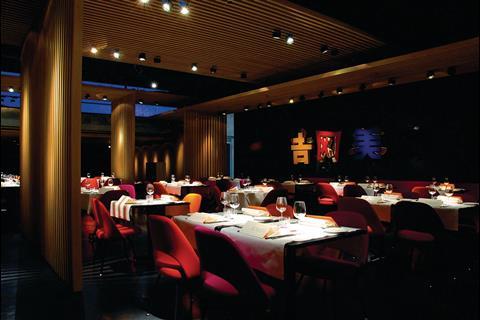
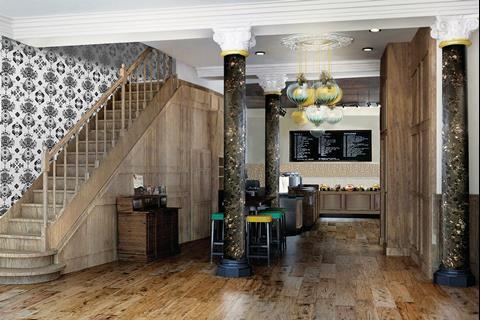
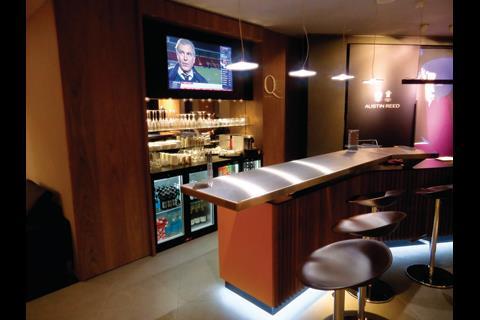

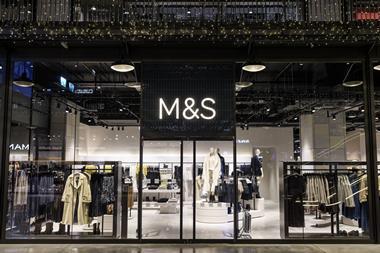


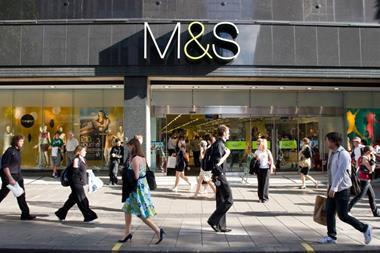

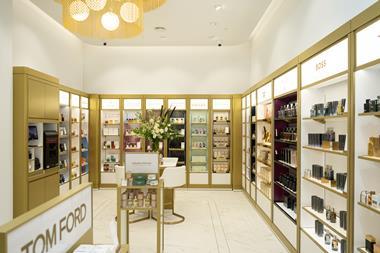
No comments yet